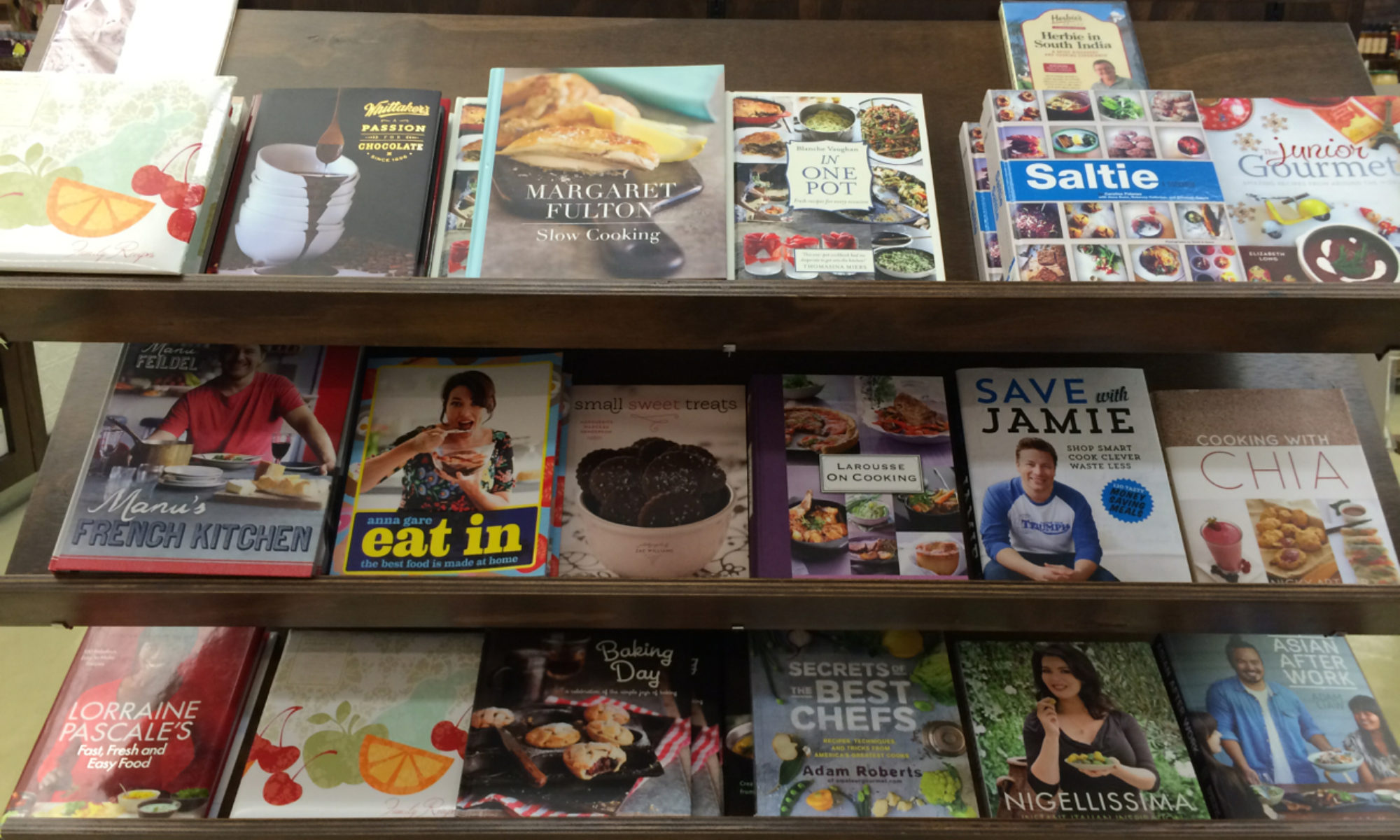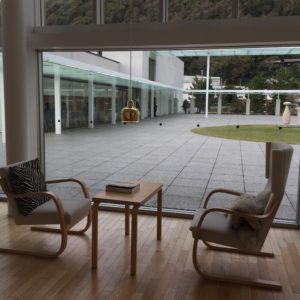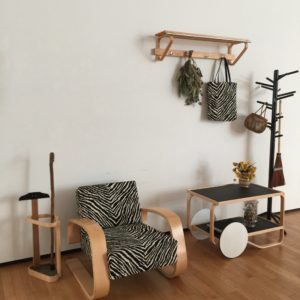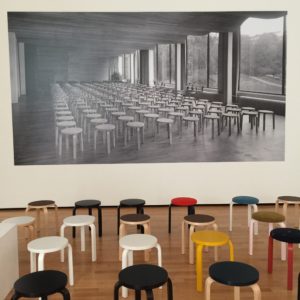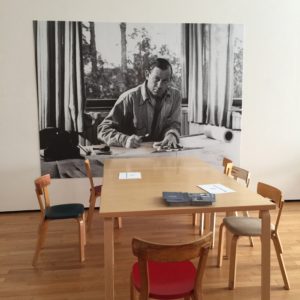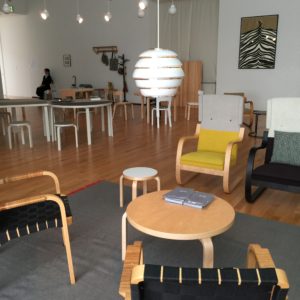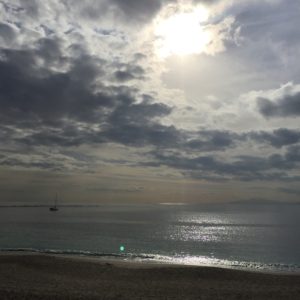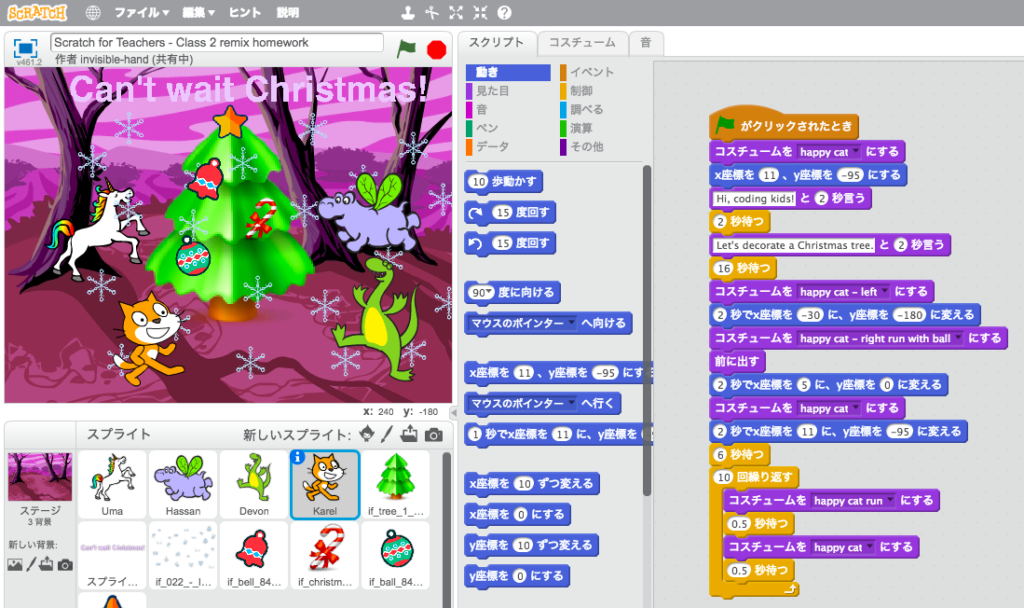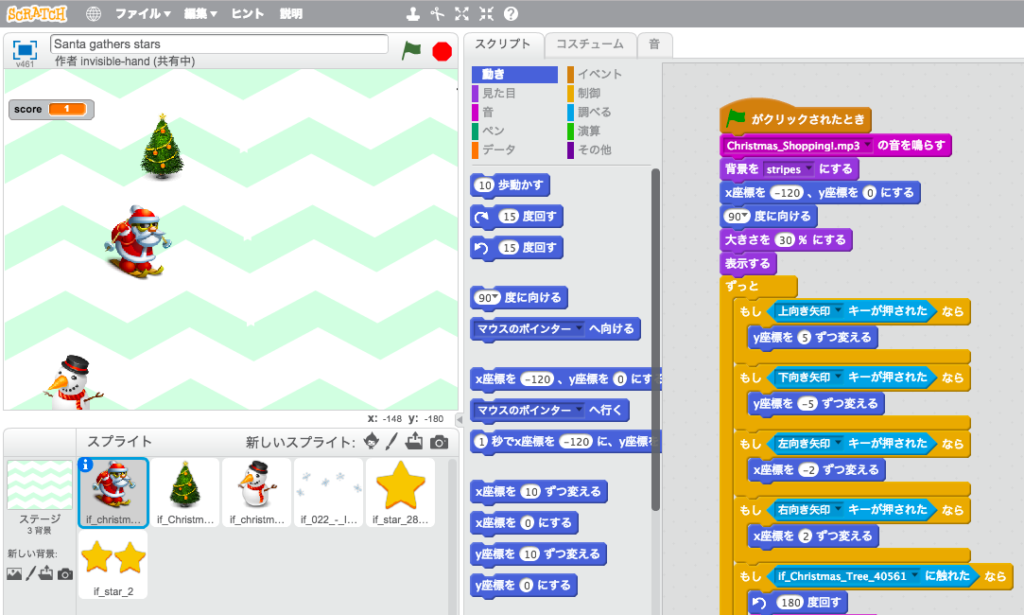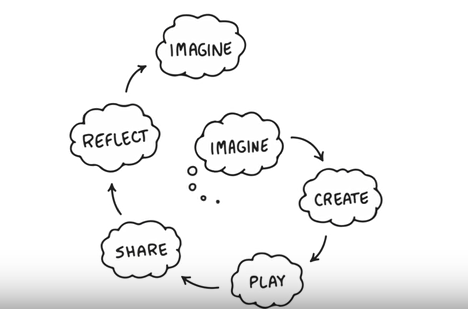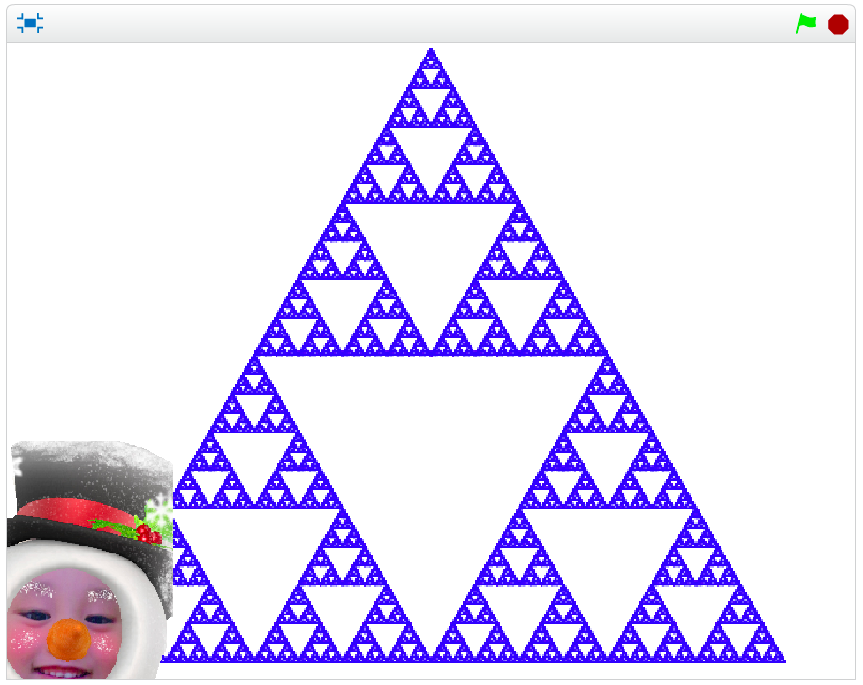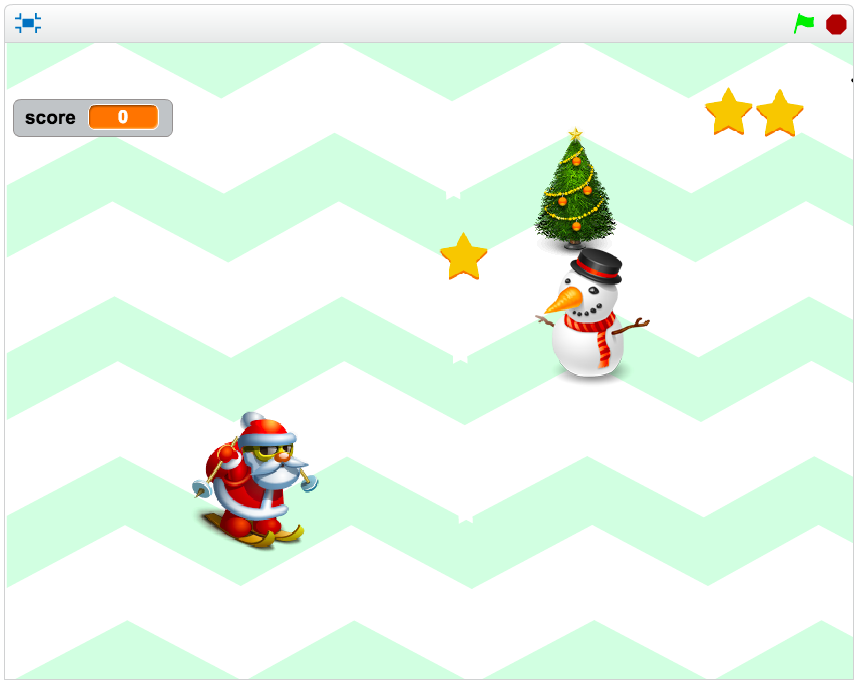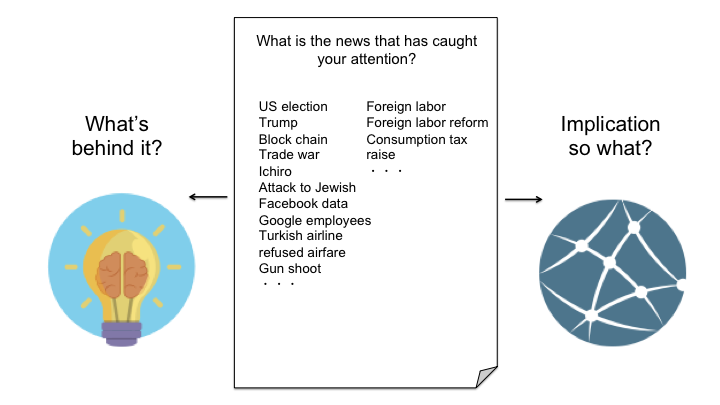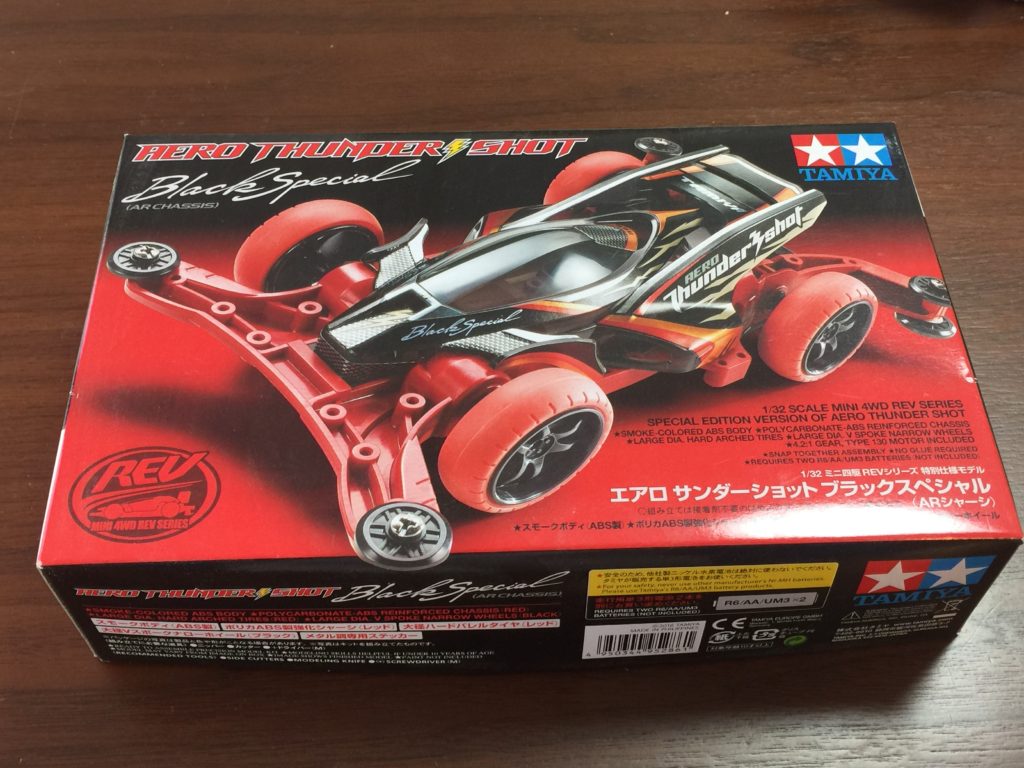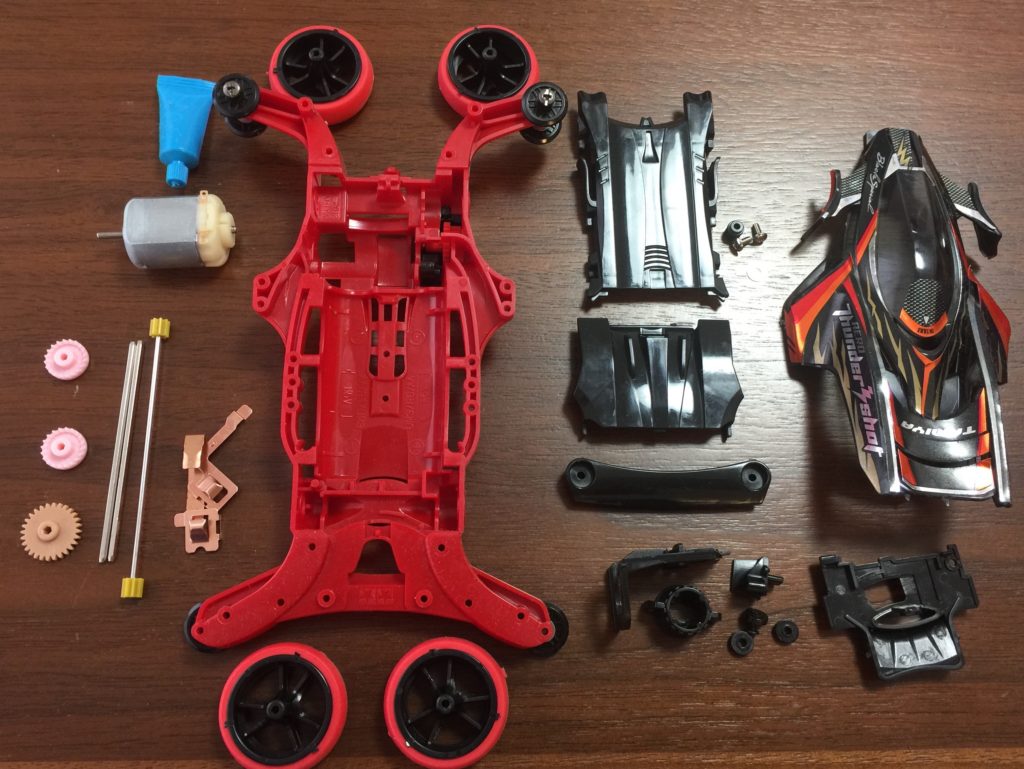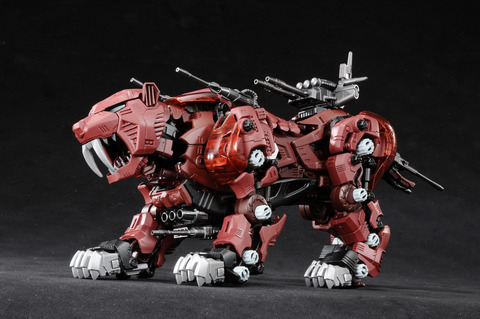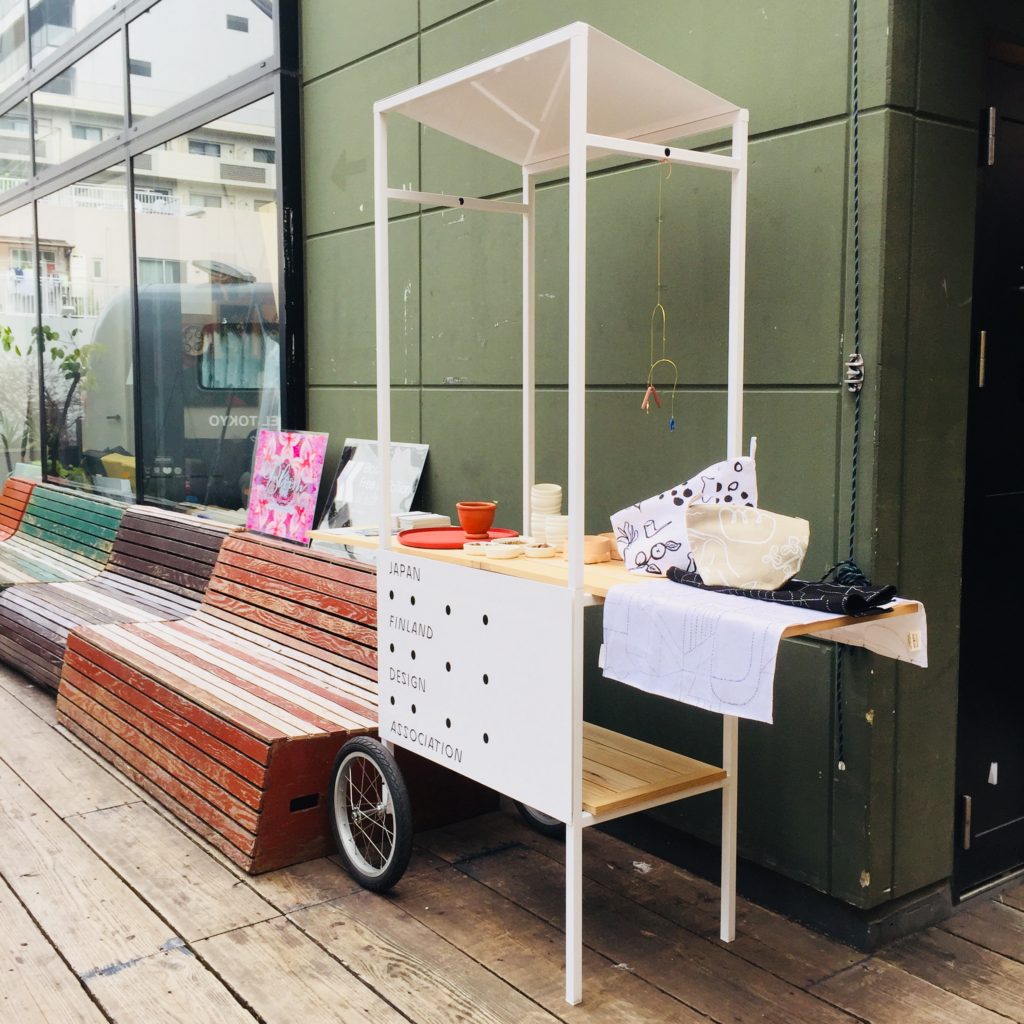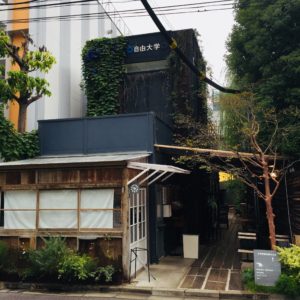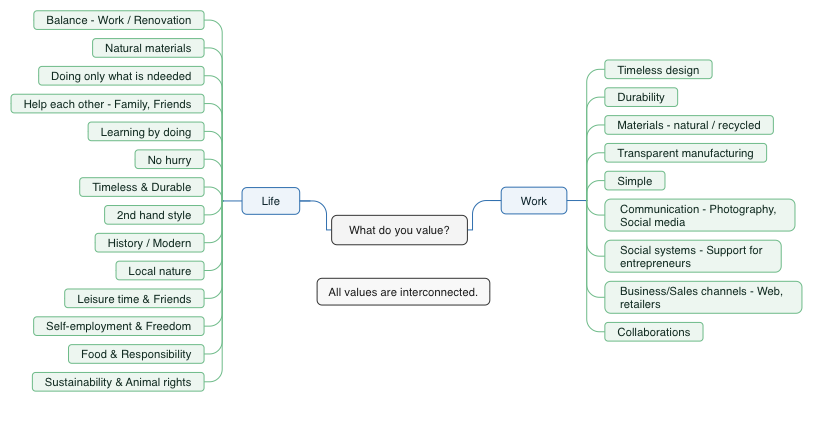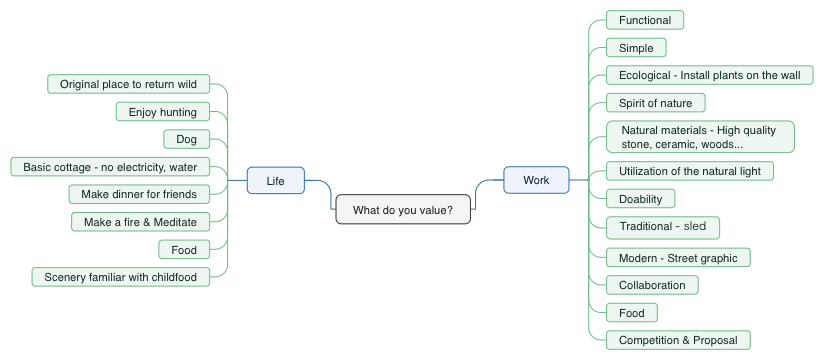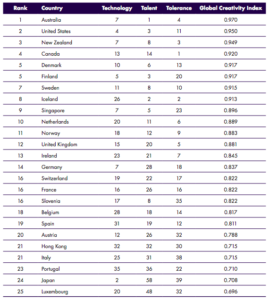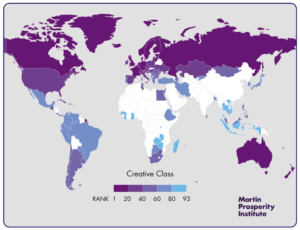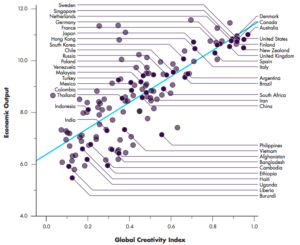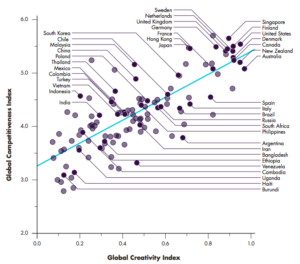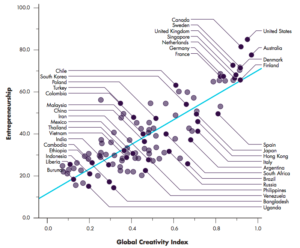
Recently, in Japan, I often see foreigners working at convenience stores. I feel that the number of other industries such as restaurants, hotels, and agriculture are also increasing. How is it actually going? I looked it up the relevant data.
It seems that there is a serious human resources shortage behind Japan’s acceptance of foreign workers. Japan faces the total population decreasing and it is expected to fall below 100 million in 2050. In December 2018, Japanese government revised the law and established new two statuses of residence in 14 industries such as construction, ship building, nursing care, agriculture and so on. This updated institution will be implemented in this April 2019.
The problems must be tackled promptly are disappearance of technical interns, illegal overtime and unpaid wages. Japanese government also plans to set up an immigration bureau newly in this April 2019 to improve these acceptance environment.
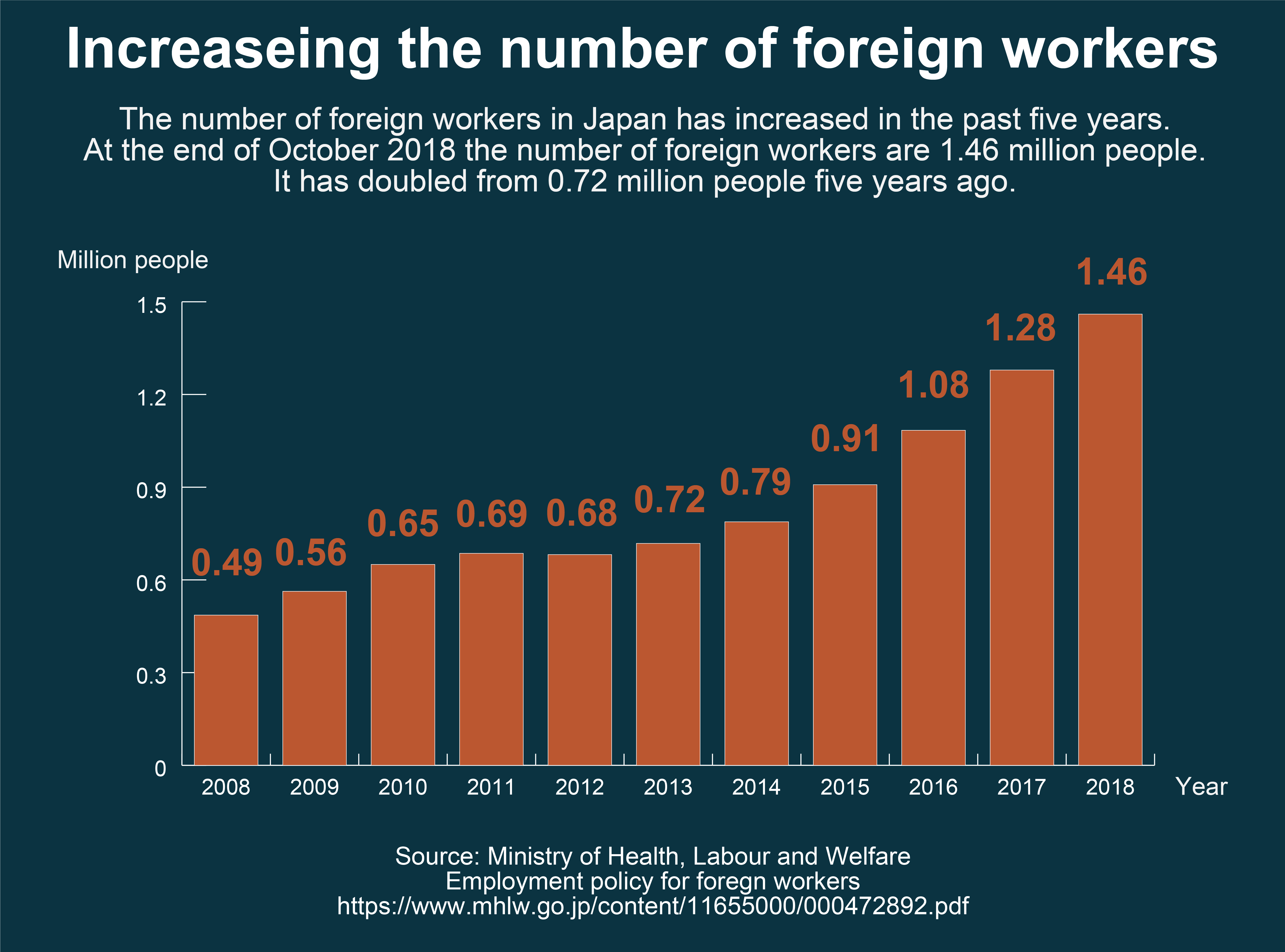
Increasing the number of foreign workers in Japan
The number of foreign workers in Japan has increased in the past five years. At the end of October 2018 the number of foreign workers are 1.46 million people. It has doubled from 0.72 million people five years ago.
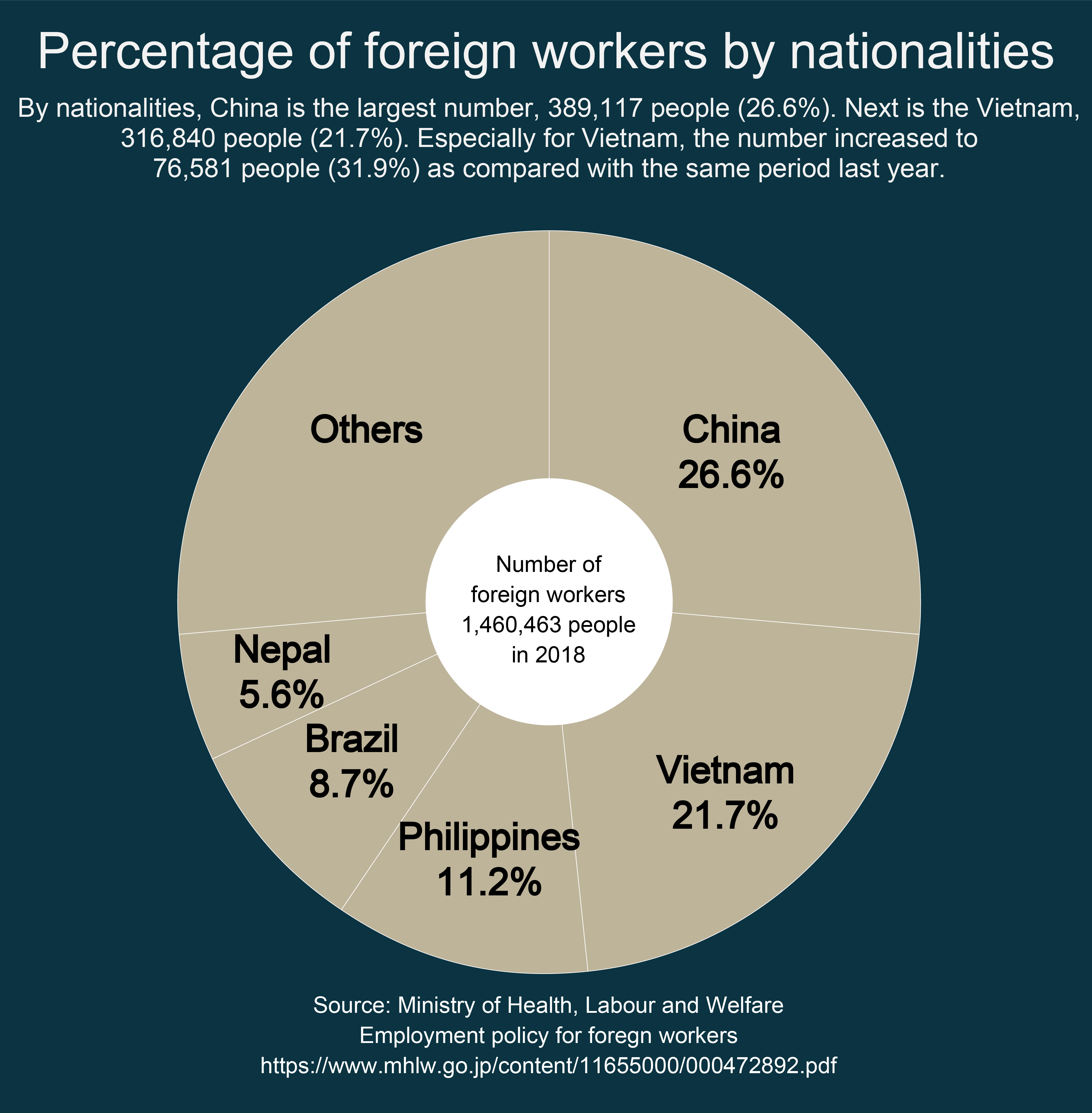
Percentage of foreign workers in Japan by nationalities
By nationalities, China is the largest number, 389,117 people (26.6%). Next is the Vietnam, 316,840 people (21.7%). Especially for Vietnam, the number increased to 76,581 people (31.9%) as compared with the same period last year.
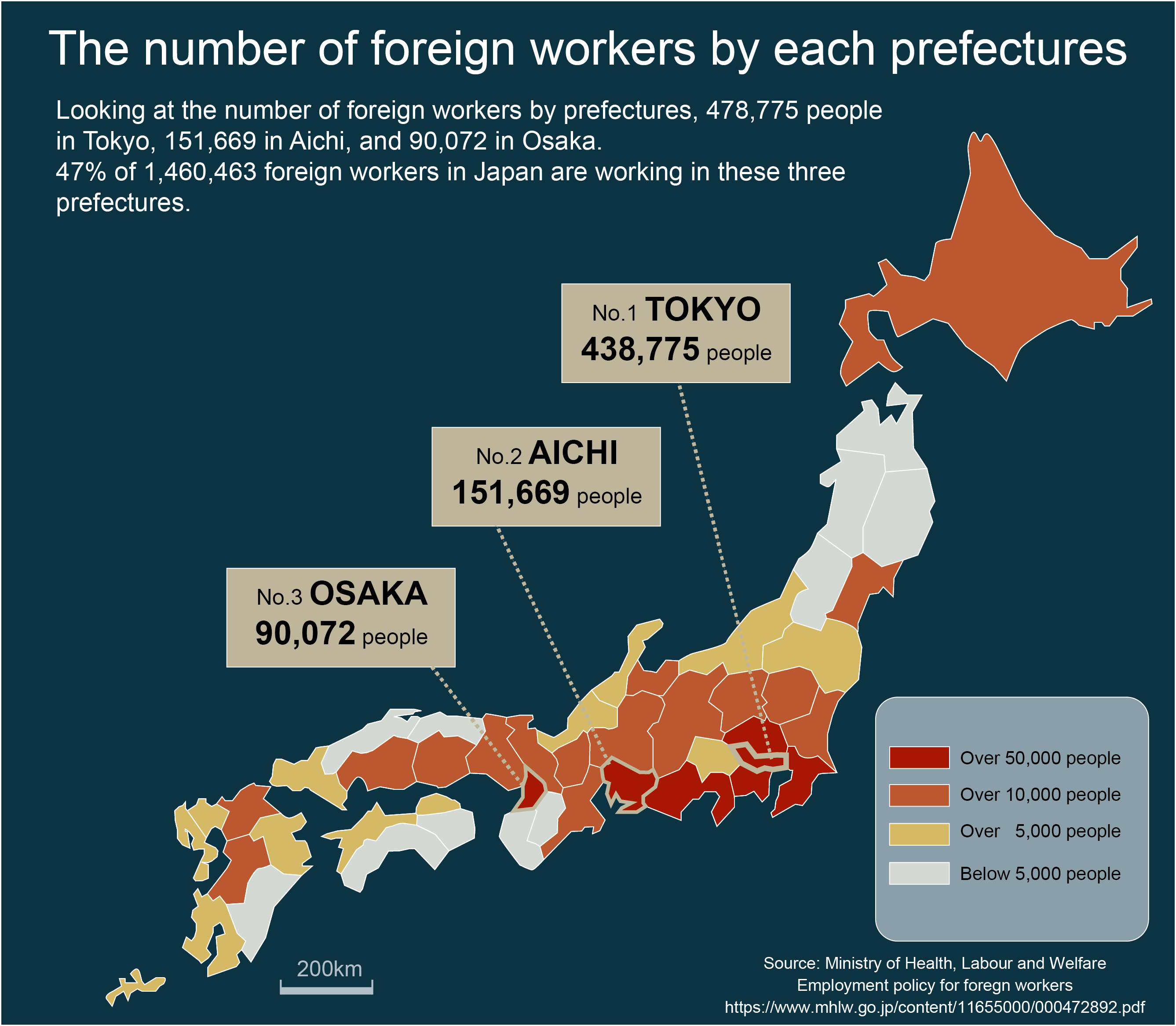
The number of foreign workers in Japan by each prefectures
Looking at the number of foreign workers by prefectures, 478,775 people in Tokyo, 151,669 in Aichi, and 90,072 in Osaka. 47% of 1,460,463 foreign workers in Japan are working in these 3 prefectures.
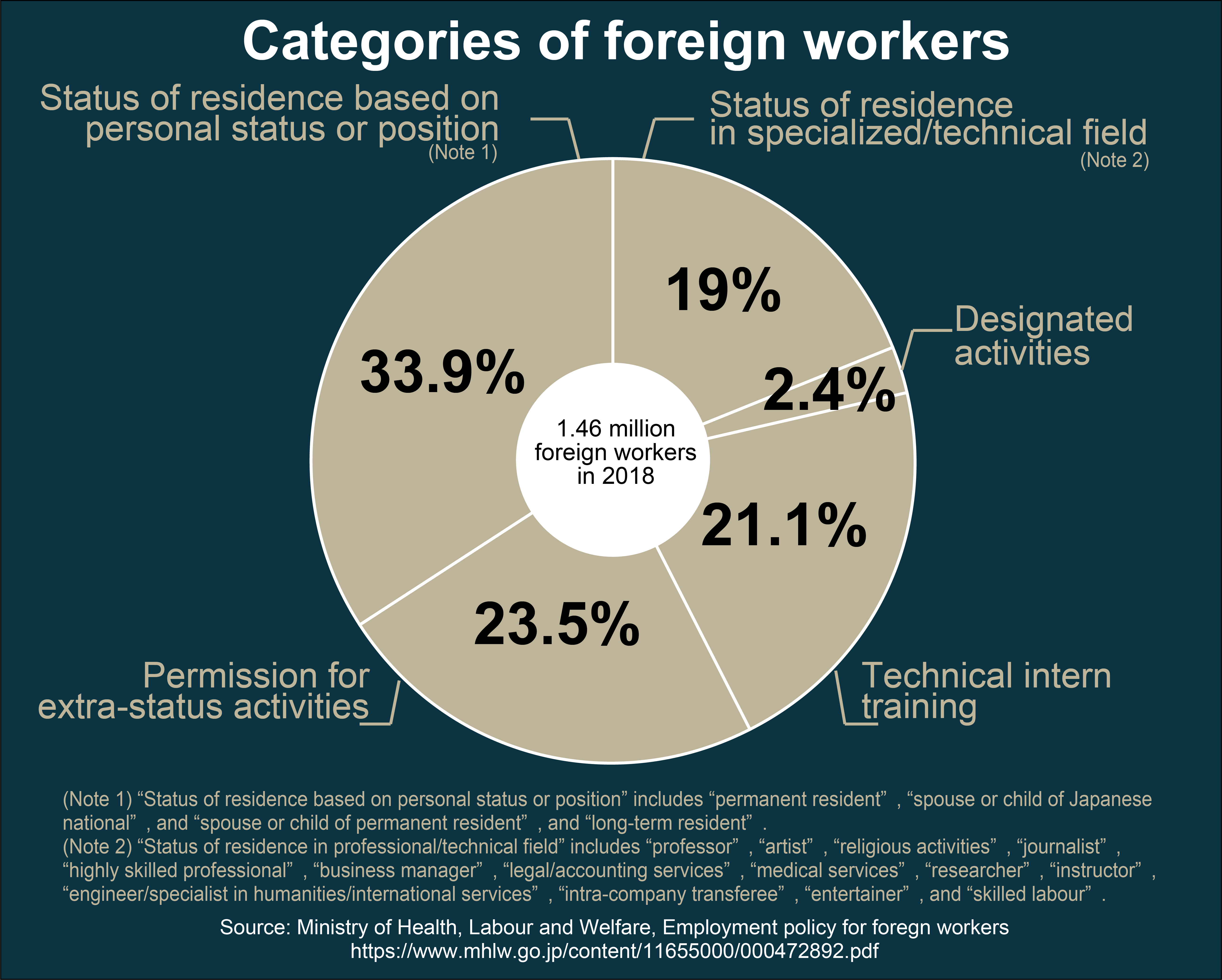
Categories of foreign workers
Firstly, “Status of residence based on personal status or position” such as permanent resident and Japanese wife is the most common. Secondly, there are a lot of foreign students who come to Japan with “Permission for extra-status activities”. Working is not the main purpose, but in many cases they work as part time jobs in convenience stores and restaurants.
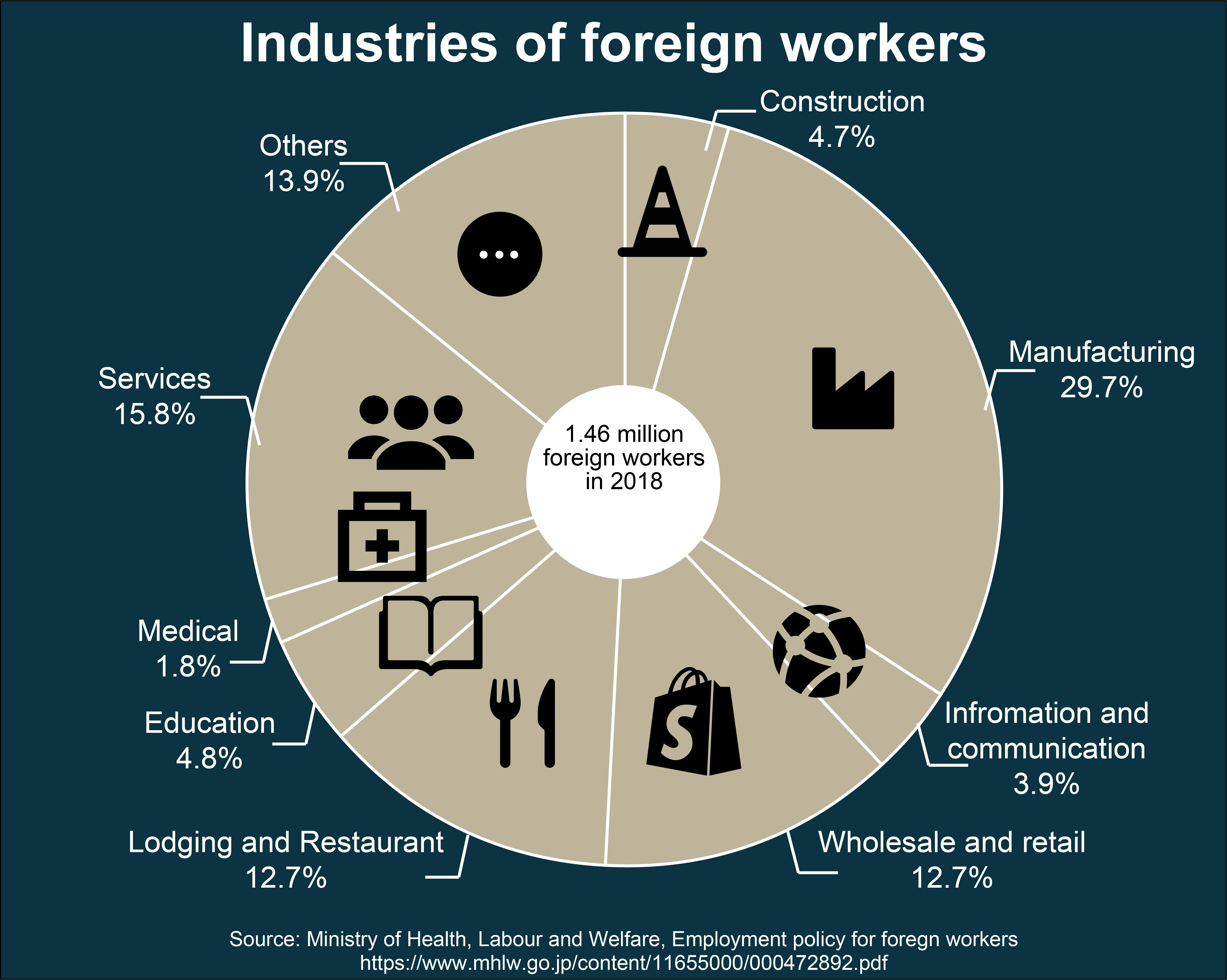
Industries of foreign workers
By the employment industry of foreign workers, manufacturing (29.7%), services (15.8%), wholesale and retail (12.7%) and lodging and restaurant (12.7%) are high ratio.
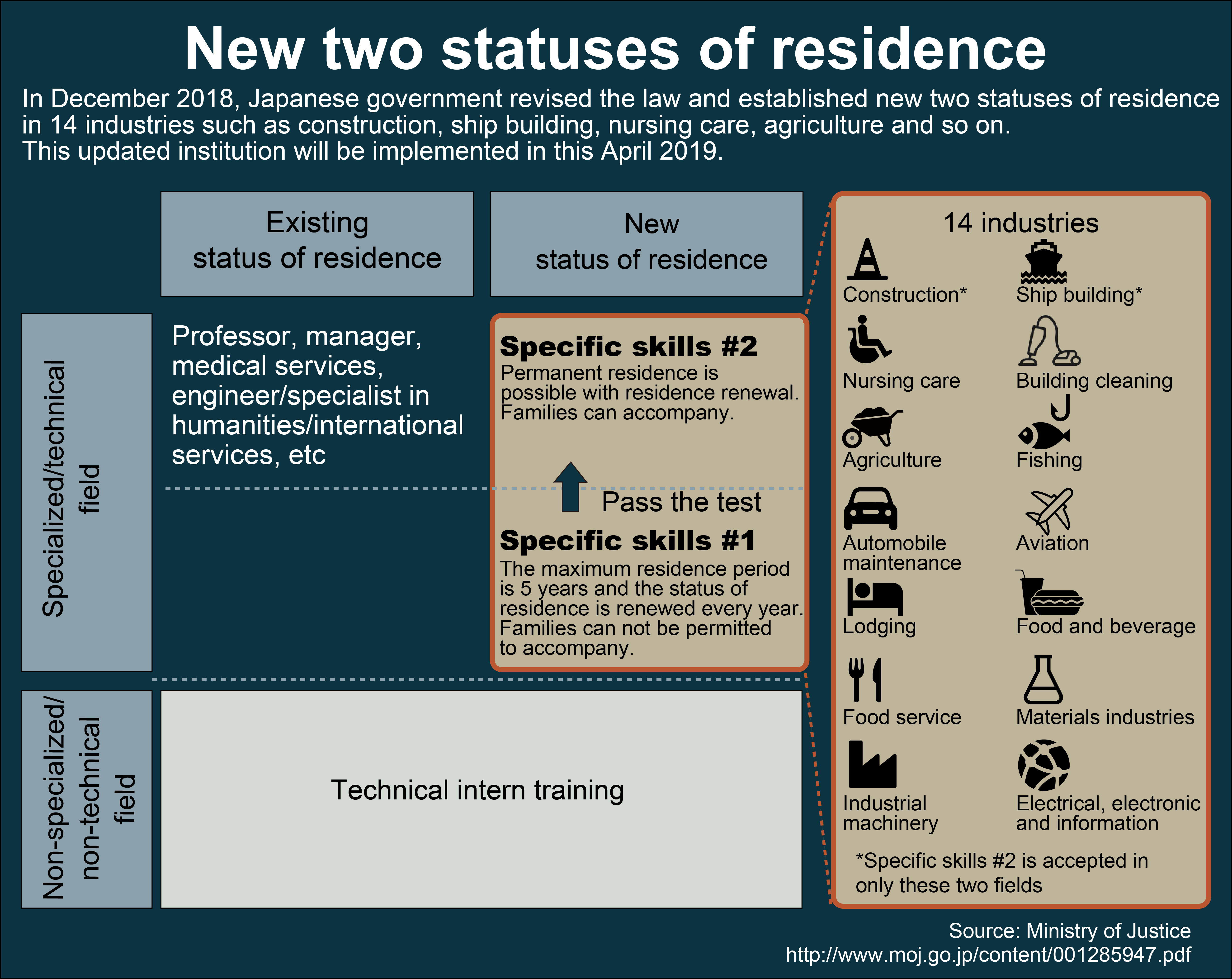
New two statuses of residence
On December 8, 2018, Japanese government revised the law and established new two statuses of residence in 14 industries such as construction, ship building, nursing care, agriculture and so on. This updated institution will be implemented in this April 2019.
